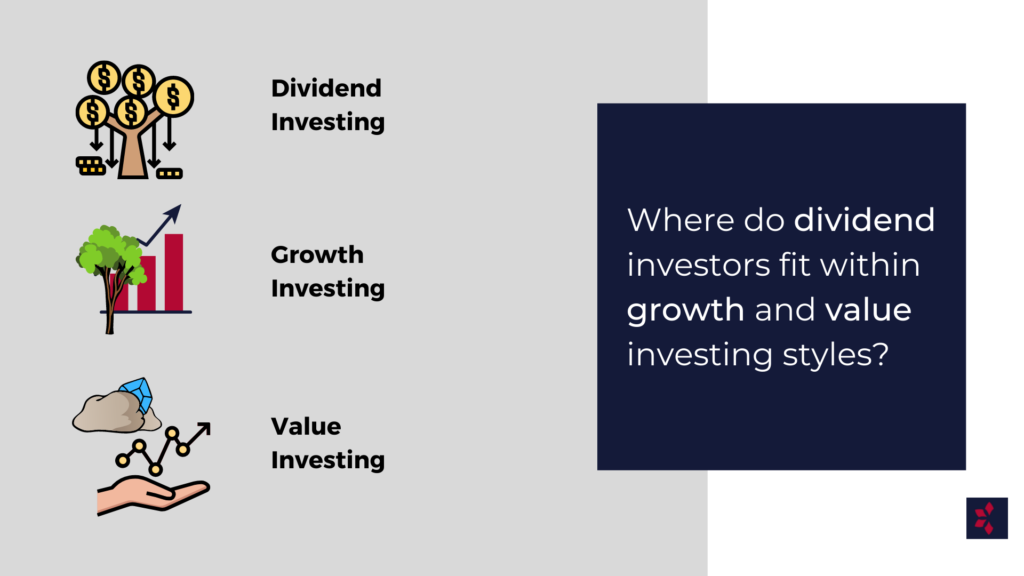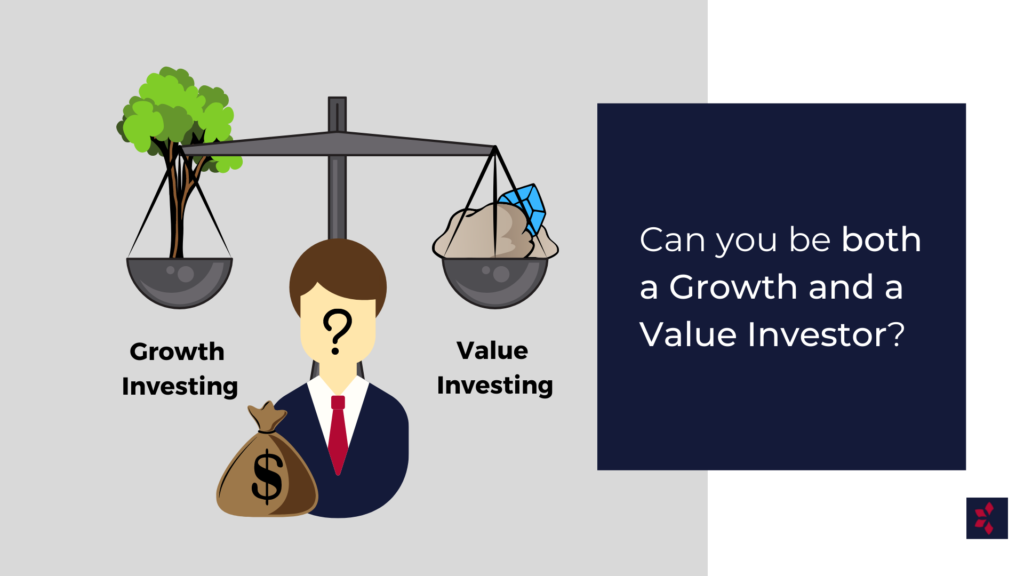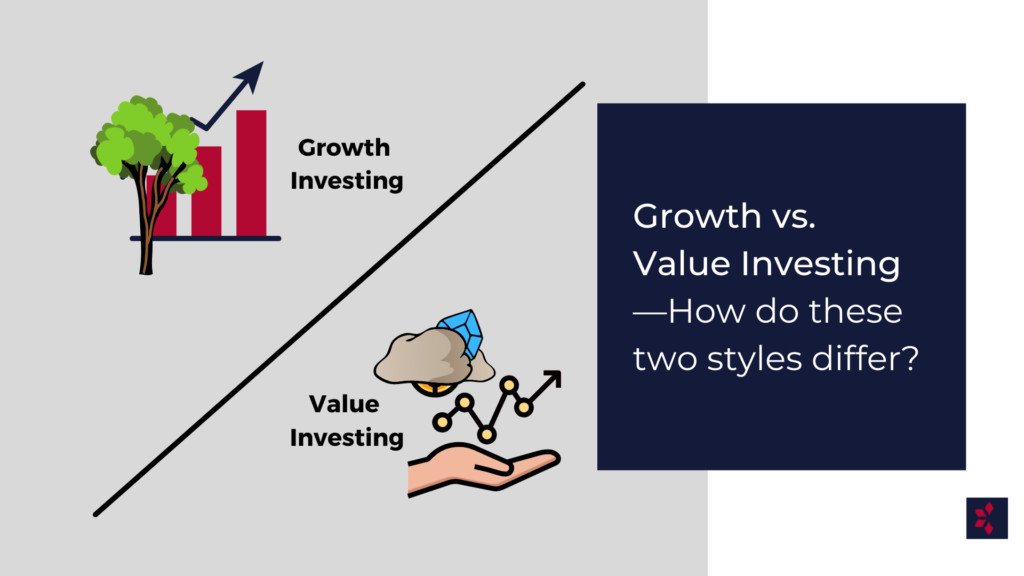Is Dollar Cost Averaging the Right Investment Strategy for You?

Dollar-Cost Averaging (DCA), also referred to as unit cost averaging, incremental averaging or cost average effect, is an investment strategy intended to minimize the impact of volatility when investing. What is dollar-cost averaging, what are its benefits and drawbacks, and is this investment strategy best for you? Read this article to learn more.



